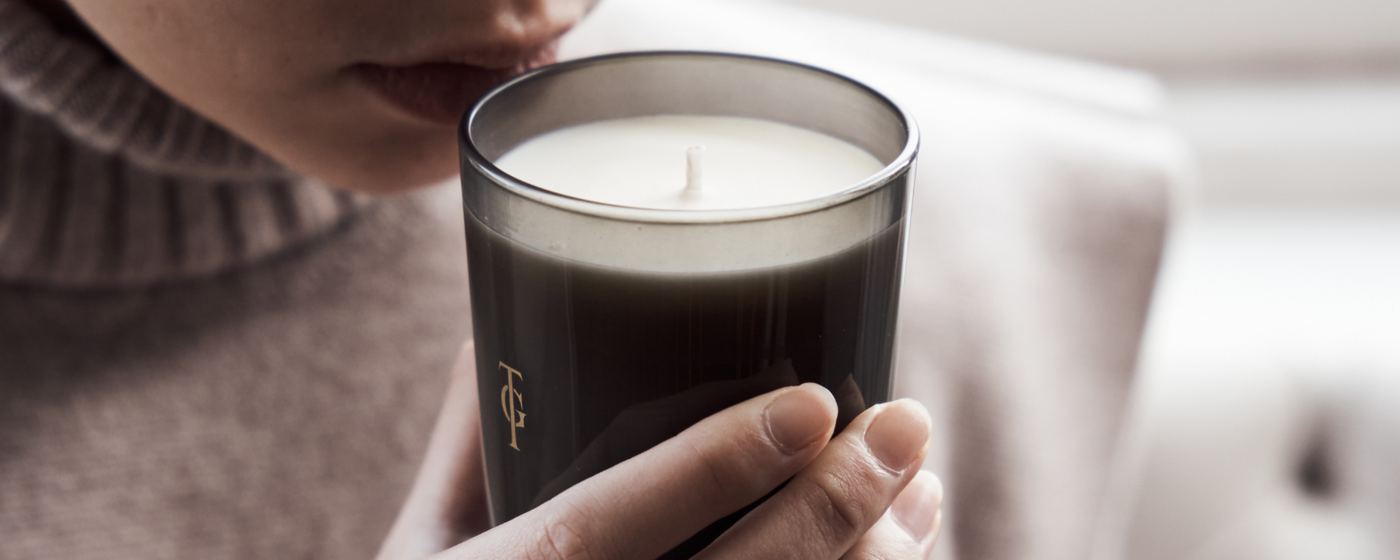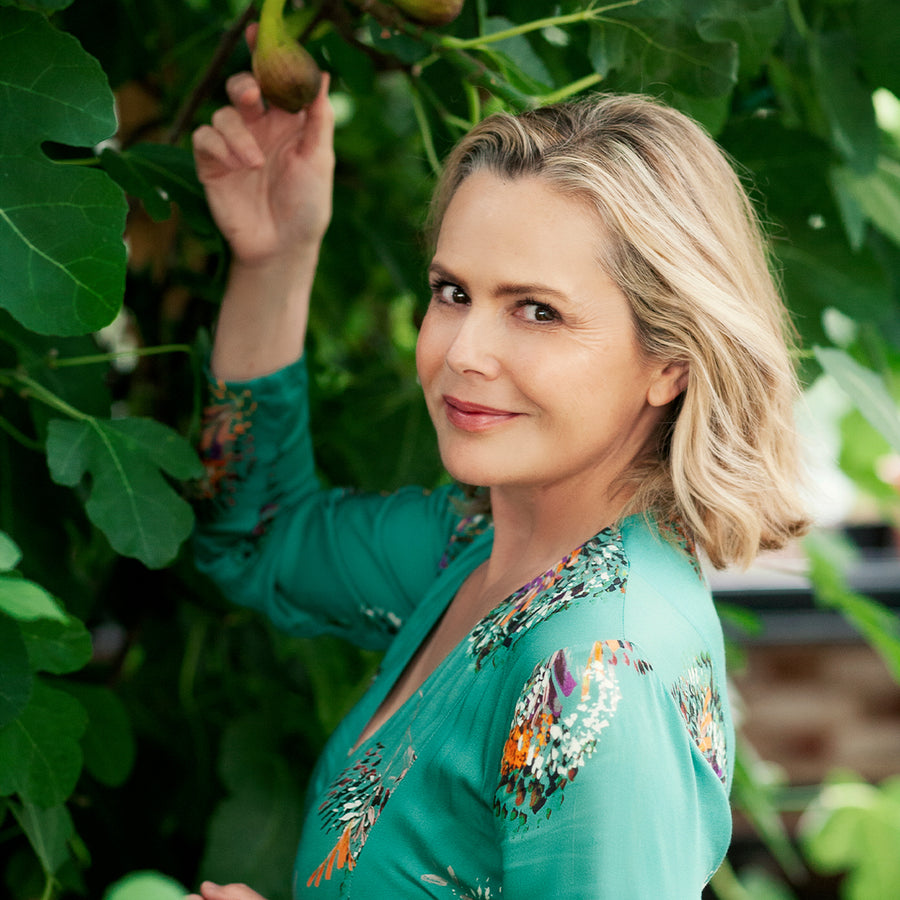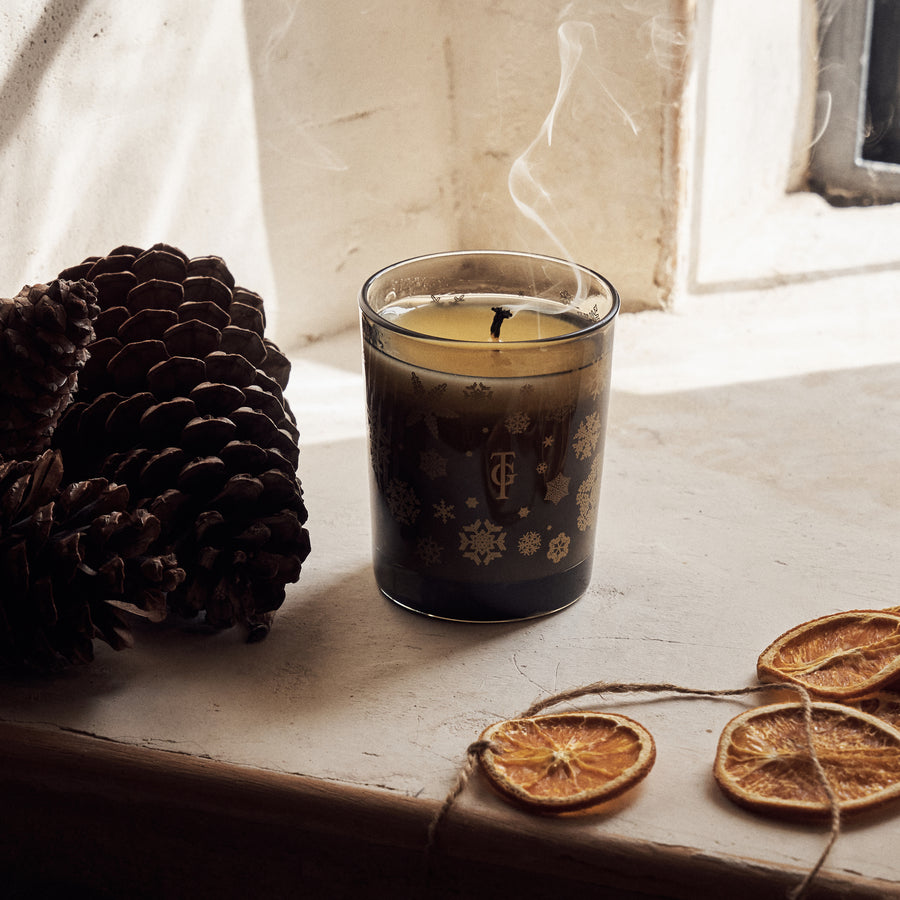The Journal
How fragrance families can help you find your signature scent
18/04/2023
Whether it’s the candle you always light before guests arrive or the perfume you spritz as you walk out the door, many of us hope to discover a fragrance that sums up our personal style and that friends and loved ones associate with time spent in our company. Searching for that elusive ‘signature scent’ can feel overwhelming. With so many fragrances available, where do you begin?
Fragrance families can help you to distinguish between different scents, discover new ones and pin down your favourites.
What is a fragrance family?
A fragrance family is a way of classifying scents into olfactory groups. Each family has a distinct set of factors which helps to tell them apart and makes it easier for perfumers to layer scents.
Different fragrance houses rely on different families. Some common fragrance families include floral, oriental, woody and fresh, but more modern and sophisticated groups include chypre, gourmand and fougère.
At True Grace, we group our fragrances into the following families: citrus, floral, woody, fruity, green/herbal and fresh.
Citrus
Sparkling and sunny, citrus scents offer a recognisable burst of freshness. Common notes include lemon, mandarin, bergamot and verbena. Try our Lemon Tree or Calabrian Summer fragrances.

Floral
One of the most popular scent families, floral scents are like taking a deep inhale of a luxurious bouquet. Common notes include jasmine, rose and violet. Try our Moroccan Rose or Jasmine Tea fragrances.

Woody
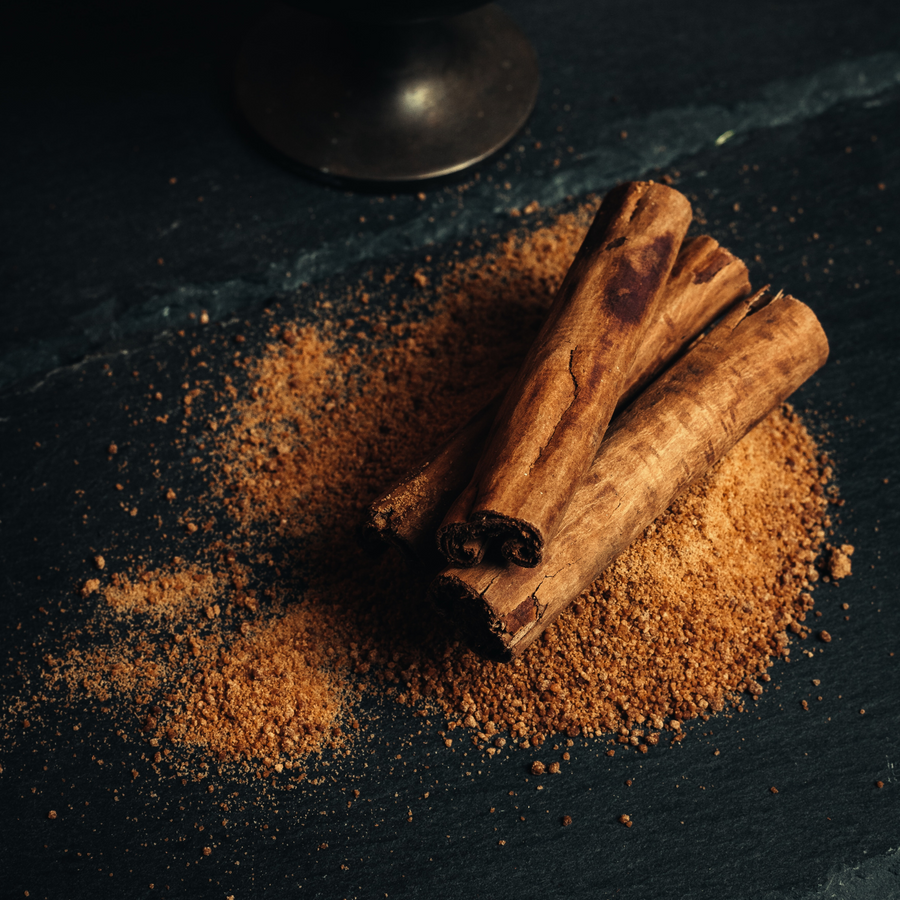
Fruity

Green/Herbal
Think of freshly-cut grass or foliage after rain and you’ll be getting close to green/herbal perfumes. Sometimes overlapping with floral and woody fragrance families, these scents are vegetal, aromatic and earthy. Common notes include rosemary, mint, basil, lavender and eucalyptus. Try our Rosemary & Eucalyptus or English Garden fragrances.
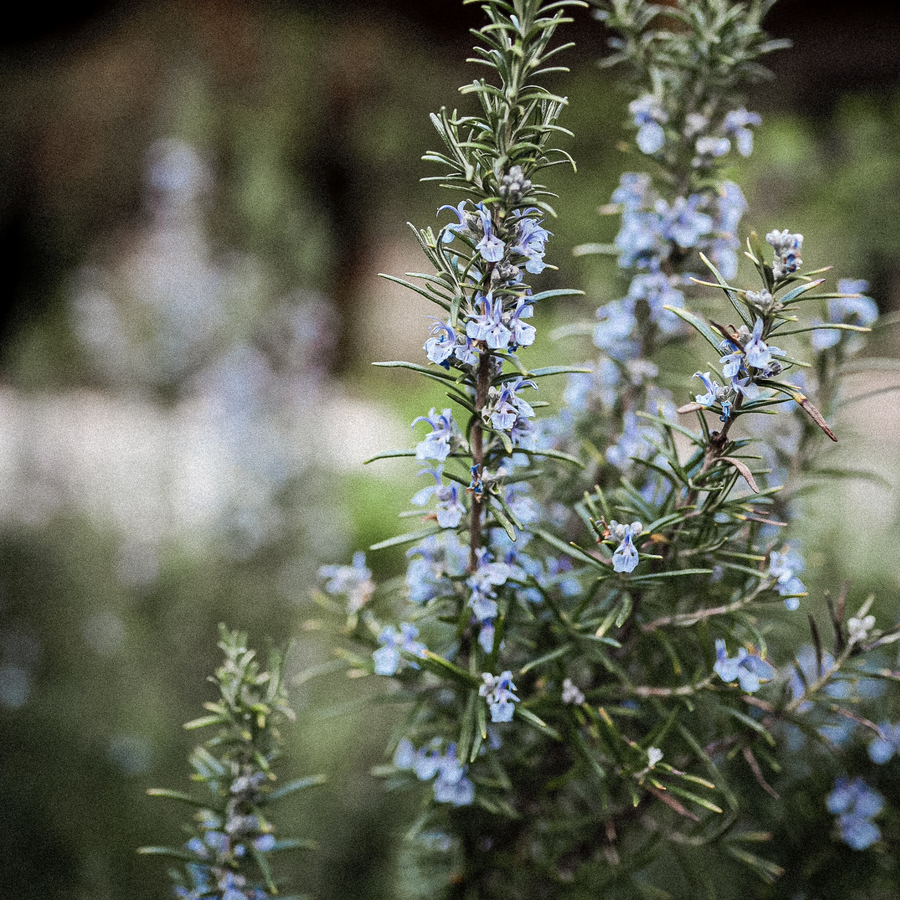
Fresh
Zesty and clean, fresh fragrances are ideal for warm summer days (or for brightening up dull winter ones). Because of their cooling, even aquatic nature, most eau de Colognes fall into the fresh family. Common notes include bergamot, grapefruit and sea spray. Try our Vine tomato or Chesil Beach fragrances.
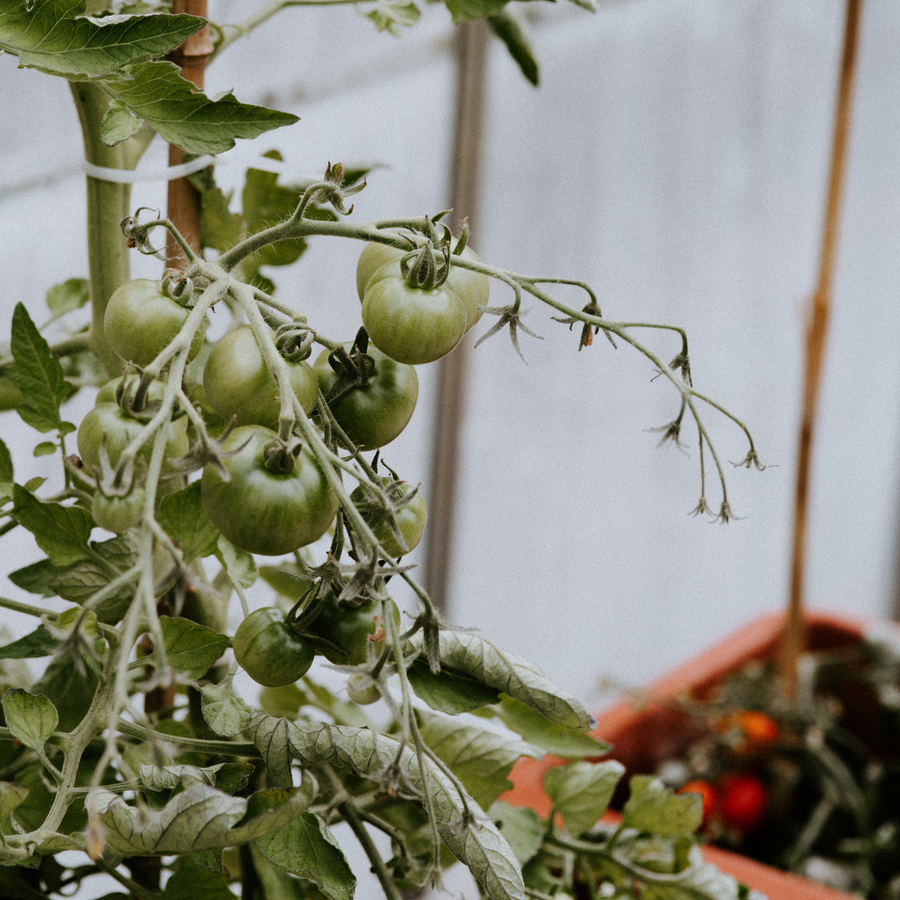
What are fragrance notes?
Have you noticed that a perfume will smell differently on your skin over time? That’s because it is made up of different notes, often incorporating scents from across fragrance families. Just as you need a range of musical notes to create a beautiful harmony, scent notes are the ingredients that allow perfumers to create an elegant fragrance.
The top notes are what you can smell at first spray and are typically light – think citrus or delicate floral scents. The middle (often known as heart) notes last longer than top notes and are usually aromatic floral oils like jasmine or neroli. Finally, base notes add depth and resonance and tend to be rich, woody scents like vanilla or sandalwood.
Finding your signature scent
Whether you’re choosing a scented candle, a room diffuser or a perfume, knowing which fragrance families you gravitate towards can help you to narrow down your search for a signature scent. Traditionally florals are seen as more feminine and woody scents as more masculine (with fruity, herbal, fresh and citrus perfumes sitting somewhere in between). However, most scents incorporate a unique blend of notes which can shift the emphasis from one fragrance family to another. For example, a fragrance might have a floral top note but a citrus heart note, preventing it from smelling too powdery.
Below are our top tips for finding a scent that feels right for you.
Consider how it makes you feel
Do you want to command attention or wear something that’s more subtle? Do you want your home to feel fresh and bright or warm and cosy? Are you drawn to feminine or masculine scents, or do you prefer unisex? Try a range of scents — whether by spritzing perfume on sample sticks in a shop or ordering scented leaves — and see how each makes you feel before committing.
If you’re considering buying a perfume, spend time wearing it
Have you ever noticed how your perfume can smell completely different on a friend? We each have unique skin chemistry that will change the way a scent evolves over time. Before buying a full-sized perfume, spritz it on and try wearing it for at least a few hours. Better yet, buy a sample or travel-sized bottle and live with the fragrance for a week or so. Samples are a great way to try out a few perfumes before you decide on a favourite.

Can’t decide? Go with more than one!
Our moods can shift depending on the time, day, weather or occasion. So, why rely on a single scent to see you through? You could use a different scented candle or diffuser in each room of the house to create a distinct mood, or switch them up when the seasons change to refresh your interiors. Similarly, building up a wardrobe of perfumes from different fragrance families means you’ll always have the perfect final touch to add to any outfit.
